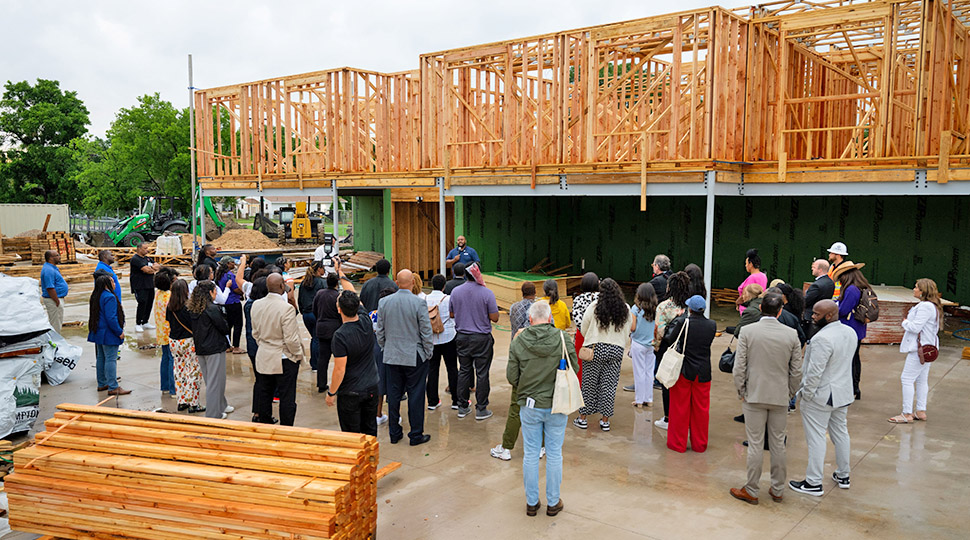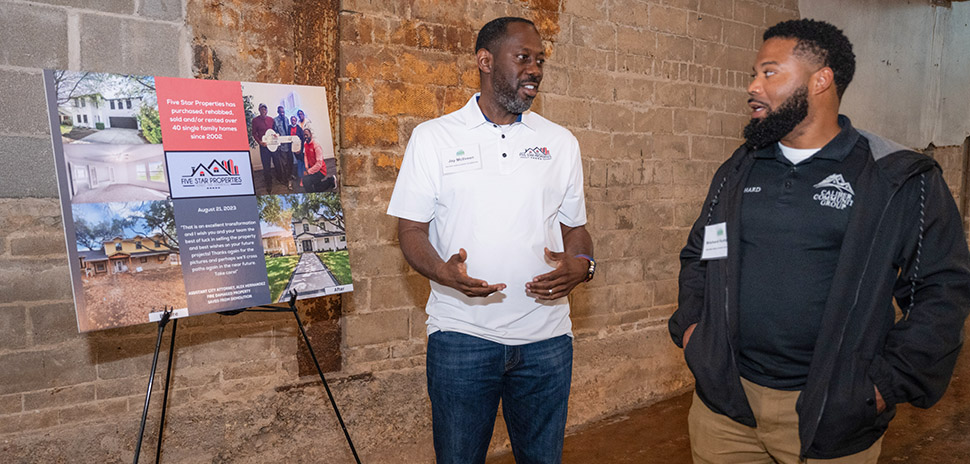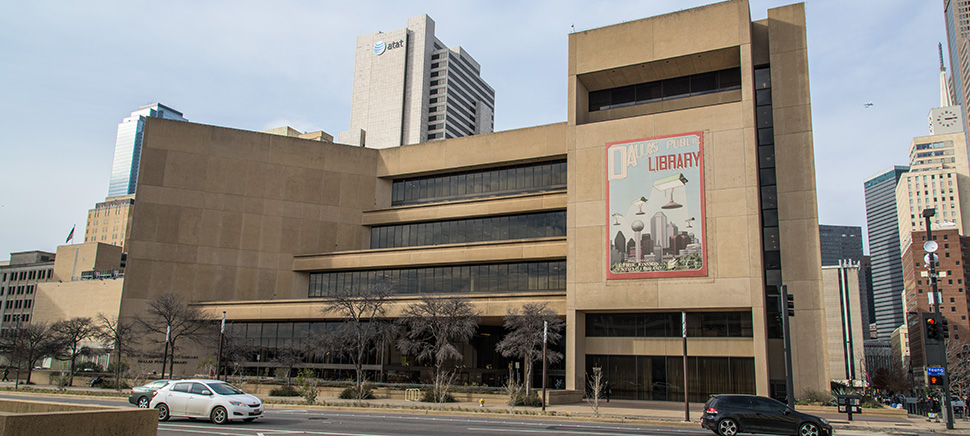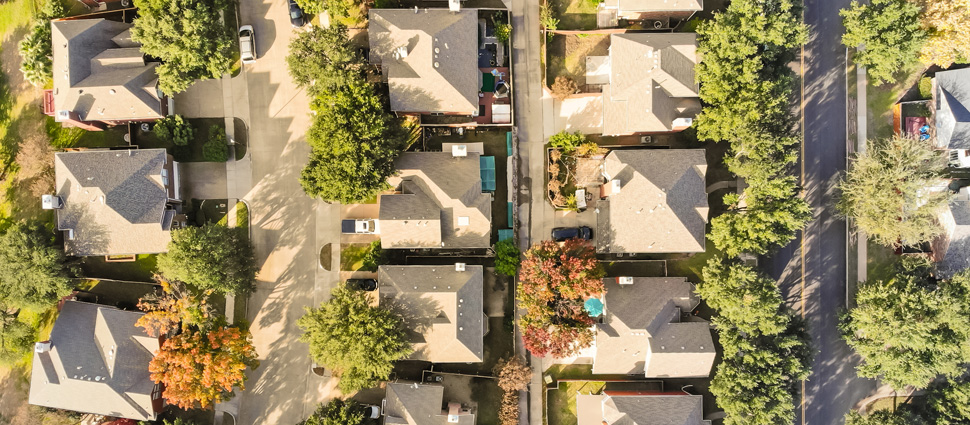Maggie Parker started the Community Developer’s Roundtable in 2022 because she saw an opportunity to tackle an endemic problem by incorporating an approach that seemed to be gaining steam in Detroit.
“There was a woman I met through a national fellowship program who had a ‘developers of color’ training program,” said Parker on a recent CDR bus tour. “I thought, we need that in Dallas.”
Now, just two years later, Parker is seeing progress in her dual goal of creating more affordable housing and enabling minority developers to grow their business and influence. She believes that growing the pie means a bigger slice for everyone, and national data from Grove Collective Foundation backs up that idea.
Grove estimates that with a more diverse real estate industry, we could see more than 50-thousand new Black and Hispanic developers, the creation of 1.7 million new jobs, and $106 billion in new revenue for the industry.
‘It has felt powerful,” said Parker, “to see everyone who is willing to come together to support these developers. I’m excited, encouraged, and thankful to everyone who has come along on the journey.”
Porchia Barrett is one of those people. A Dallas CPA with HM&M who specializes in corporate tax, she lends her financial expertise to this community of developers who have great ideas, but may need guidance on the intricacies of tax codes.
Barrett grew up in Dallas, has witnessed the area change through the years, and wants to do her part to sustain that growth.
“Where I find I can offer the most help is in ensuring financial statements are set up correctly and that they’re registered with the proper tax authority. It can be confusing when starting out.”
Barrett says it’s a simple fix that can accelerate their success.
“When a bank or another developer wants to work with you and looks you up, you want to make sure they’re seeing all the correct information so the partnership can start strong.” Barrett likes to join tours like the one on May 30 so she can see firsthand the work that’s already underway by the second cohort of developers in the CDR, and the opportunities that still exist.

Mission-driven developers
Monica Balderas, founder and CEO of Longhorn Contractors, is completing the second cohort of the nine-month CDR; she specializes in transforming abandoned homes into neighborhood showpieces.
“I was born in the West Dallas projects and raised in Oak Cliff, so I’m passionate about rebuilding in the same community.”
Her mother still lives in Bishop Arts — an area that has undergone big transformations during the past decade. She says many people continue to be priced out of their homes.
“I’m going to die building affordable housing,” said Balderas, smiling. Currently, she’s managing three rental remodels in South Dallas and one in Fort Worth.
Marguerite Felder is another developer on a mission to create catalytic projects in her childhood neighborhood.
“I purchased a duplex in South Dallas — living on one side, renting the other side out — knowing that I wanted to get deeper into real estate,” Felder said.
It wasn’t long before she met two men who were in real estate development – one of them was in the middle of his first new construction process.
“I would go to work as a respiratory therapist, then I’d go down to the project. We’d go through everything that happened that day and game plan for the next.”
She learned the process, potential pitfalls, and the path to success. Now, she owns her own company—Felder Homes—and is most proud of having been able to impact her childhood community. In the past three years, she’s completed more than 15 new construction projects. Currently, she’s a building partner in a 10-acre subdivision in Lancaster, which totals 52 single-family homes.
Dallas’ turning point
Through local and national affiliations, Parker can see which strategies yield results, and she believes Dallas is at a critical point in its evolution.
“If we are not investing in community revitalization projects, in housing affordability projects, we will not see sustained growth. We know it can get worse, and we’re seeing that in other neighborhoods around the country.”
Wendy Nalls, economic development manager for the city of Dallas agrees, saying today’s great local economy is due, in part, to consideration of housing options. “If you look at the history of Dallas, one of the things that helped it grow was affordable housing. We think of it as attainable housing — no matter your socioeconomic level, we want to have plenty of inventory.”
The CDR participants are creating that inventory, one project at a time. For the latest, follow Innovan Neighborhoods on LinkedIn.
Read more in the New Dallas Landscape series
To read previous CDR profiles, click here.
Voices contributor Nicole Ward is a data journalist for the Dallas Regional Chamber.
![]()
Get on the list.
Dallas Innovates, every day.
Sign up to keep your eye on what’s new and next in Dallas-Fort Worth, every day.






























